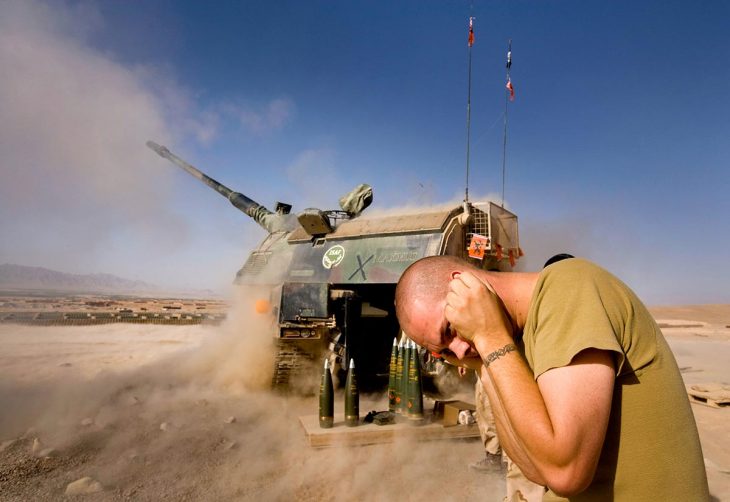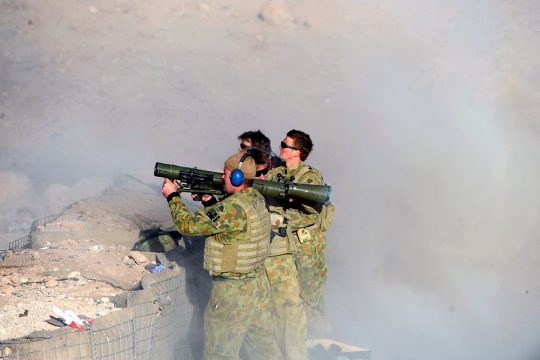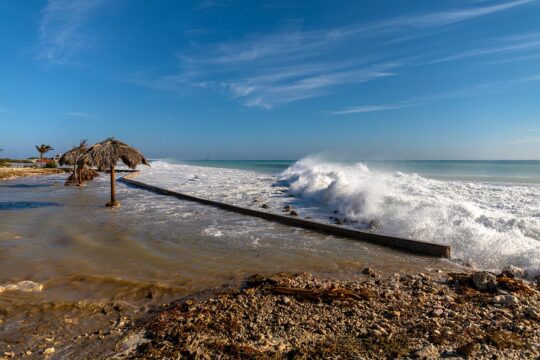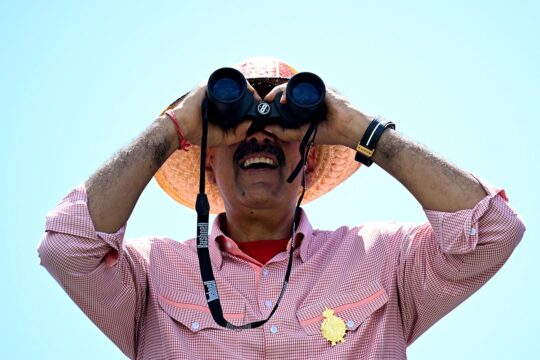After years of relative silence surrounding possible war crimes committed in Afghanistan by Dutch soldiers – who were part of the International Security Assistance Force (ISAF) – an Australian probe that found their own special forces had likely unlawfully killed 39 Afghan civilians paved the way for several cases to be investigated in the Netherlands.
The attention in the Dutch media for the so-called Brereton report in Australia (see box) sparked questions of what the Dutch conduct was like. “The report showed that a lot had gone wrong with the Australian troops, and this is an understatement,” human rights lawyer Liesbeth Zegveld said in an interview with Justice Info. “The idea that everything went well during the international mission in Afghanistan gets shot to pieces,” and it did shake things loose in the Netherlands, she added.
A soldier comes forward
After initial dismissal from the Dutch Prime Minister Mark Rutte, who said there was never any evidence of war crimes, stories from Dutch Afghanistan veterans began to surface. The Dutch media started digging around and a month later a former combat support engineer called Servie Hölzken, who had served in the central Afghan province of Uruzgan, came forward about participating in possible incidents of war crimes. He told Dutch daily Trouw that on a mission in 2007 he shot and killed people he is convinced were civilians and were targeted unlawfully by his unit.
The Dutch were present in the province of Uruzgan from 2006 to 2011. The Defence Ministry says it is not clear how many civilian casualties there may have been during that period. In a 2012 evaluation of the mission by parliament, the government at the time said that counting civilian casualties had no priority and could endanger Dutch soldiers. They added that any time soldiers used force they had to fill in a so-called “After Action Report” which was sent also to the military police. The military police would then judge if the use of force was legally justifiable and, in case of doubt, would send the report on to special military law prosecutors. None of these reports ever led to prosecutions, the government stressed.
“The Ministry of Defence is not conducting an investigation into possible war crimes in Afghanistan,” Defence Ministry spokesperson Sascha Louwhoff wrote in an E-mail to Justice Info. “After the publication of the Australian report [in November 2020] the Ministry of Defence has come up with a review to see if there was a reason, from the Dutch perspective, to assume that there was involvement in the abuse by the Australian special units. This yielded no evidence of involvement of Dutch troops,” she explained.
Initially the Ministry of Defence dismissed Hölzken essentially as ‘PTSD talking’ – post-traumatic stress disorder. Then they relented and said they would look into the matter. In April, in a letter sent to parliament, Defence Minister Ank Bijleveld said that after the publication in Trouw, the ministry got in contact with Hölzken to get more information about the incident. After the meeting the ministry filed a report with the military prosecutors. “To prevent any chance that an investigation by the ministry hinders the probe of the prosecutor’s office, I have chosen to wait for the end of this fact-finding mission before deciding whether or not to start an investigation by the ministry,” Bijleveld wrote in a letter to parliament. In response to questions from Justice Info, the Dutch Ministry of Defense added that apart from a report from Hölzken they have not received any more information from veterans about possible war crimes in Afghanistan by Dutch troops.
The fate of civilians in the Chora battle
Australia’s Brereton report also gave a new impulse to a long-running Afghanistan case connected to what is known in Dutch military lore as the battle of Chora. Zegveld, who represents the Afghan victims and families in a civil case against the Dutch government over alleged war crimes in the Afghan district of Chora, had tried in 2018 to negotiate a settlement with the Dutch government for damages for civilian victims of the battle but that was dismissed. She sued the Dutch state in 2019 but it took until March 2021 for judges to start hearing the case in person. Acting for four Afghans and relatives of a fifth who has since died, Zegveld says Dutch troops failed to distinguish between military and civilian targets and used disproportionate force. The victims want compensation from the Dutch state.
The claims revolve around the 2007 battle over Chora valley, a strategic junction in Uruzgan targeted by the Taliban. For many of the 1,400 Dutch soldiers who fought in the four-day battle it is a source of pride. It was the biggest Dutch military confrontation since the Korea War of the 1950s. Some 250 people died during the fighting including between 50 and 80 civilians and 2 Dutch soldiers.
Zegveld outlined that she was told in 2008 through a go-between that there were certain people in the Chora valley that wanted to hold the Dutch state responsible for their suffering. But it was almost impossible to reach the remote region and despite several attempts she did not manage to make contact. “We had a lot of problems setting up a stable way to contact our clients,” she explained. Then in 2016 a Dutch documentary maker went to Chora, made contact with victims and was able to give Zegveld their names and a reliable contact who could also speak English and translate for the victims.
“We could finally get the ball rolling and it just took the time it took,” Zegveld said.
A claim that is no longer easy to dismiss
While the timing of the Chora case had nothing to do with the Brereton report, the Australian report did boost her case. “Because of that report it is not as easy for the Dutch government and for the judges to say: ‘you must prove us the facts of what happened’. We don’t have any facts except that bombs fell, and people were killed, but we don’t know exactly how and what the information was the Dutch army acted on,” says Zegveld. Before the Brereton report and Dutch soldiers coming forward on possible war crimes, a judge would look to victims’ lawyers to prove that something was wrong. Now arguing that there are no reasons to believe the Dutch army was at fault would no longer fly. “The military now has to take a more active role to provide information. Society really demands that,” believes Zegveld.
The judges in the civil case seem to agree. They have demanded that the Ministry of Defence provide more information about the intelligence that was the basis for the attacks in Chora after plaintiffs claimed that they had used outdated information. The case is on hold until the autumn, when the judges will review the additional information.
WHAT’S IN THE BRERETON REPORT
The report by the inspector general of the Australian defence forces was published in November 2020. Among its key findings, it said that:
- All soldiers were trained on human rights laws and war crimes and all understood killing non-combatants or people hors-de-combat is a war crime.
- The investigators found “credible information” of 23 incidents where some 39 civilians and persons hors-de-combat were killed by or at the direction of members of the special forces.
- Some of the killings were part of some kind of initiation rites for new soldiers to get a first kill, a practice known as ‘blooding’.
- In many cases the crimes were covered up by so-called throw downs: planting weapons, ammunition and radios with the bodies of people killed to make them look like legitimate targets.








